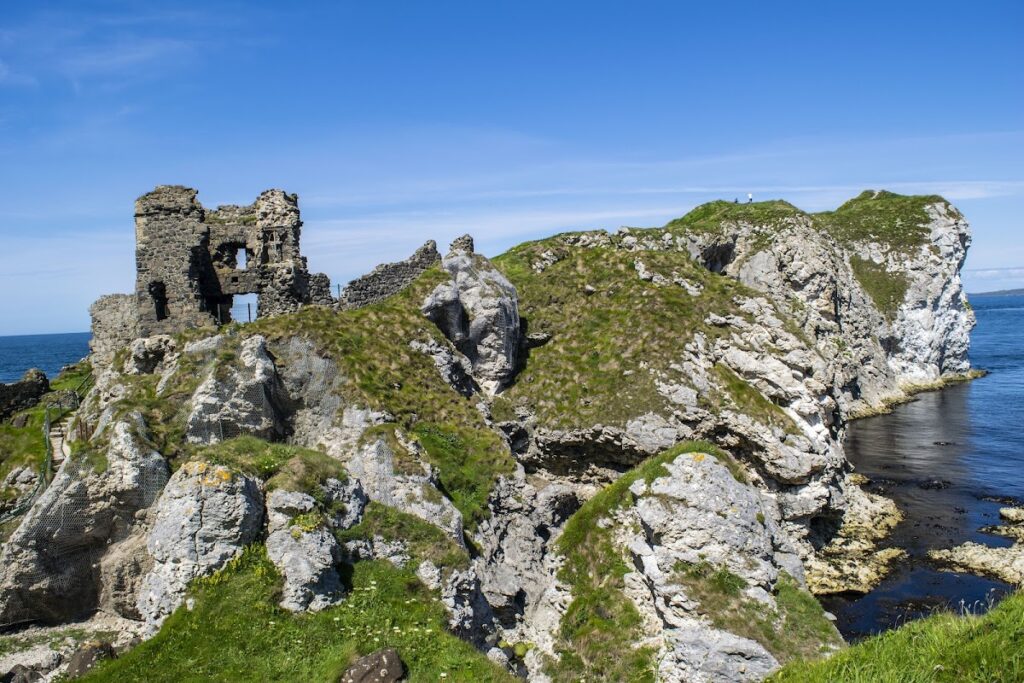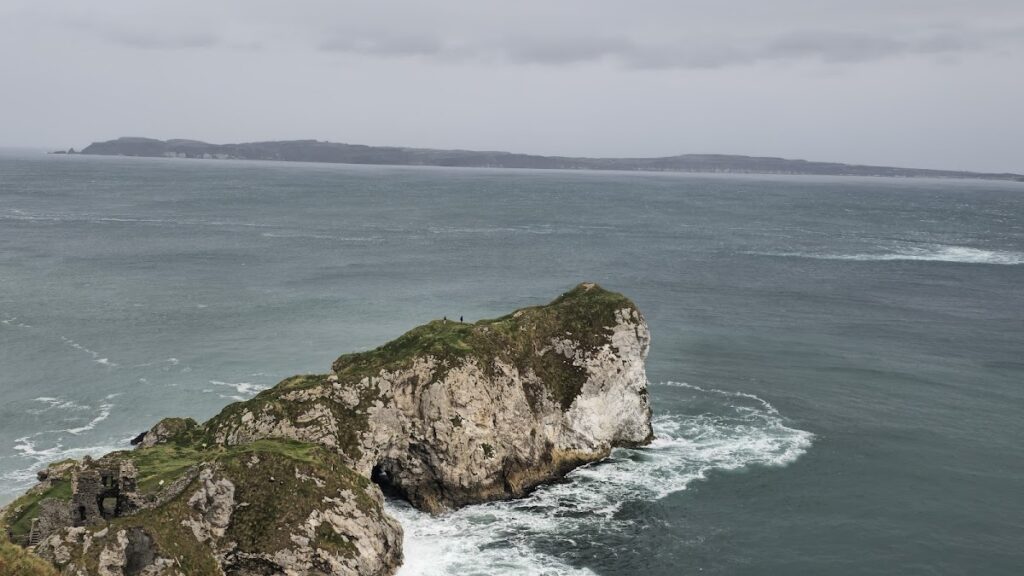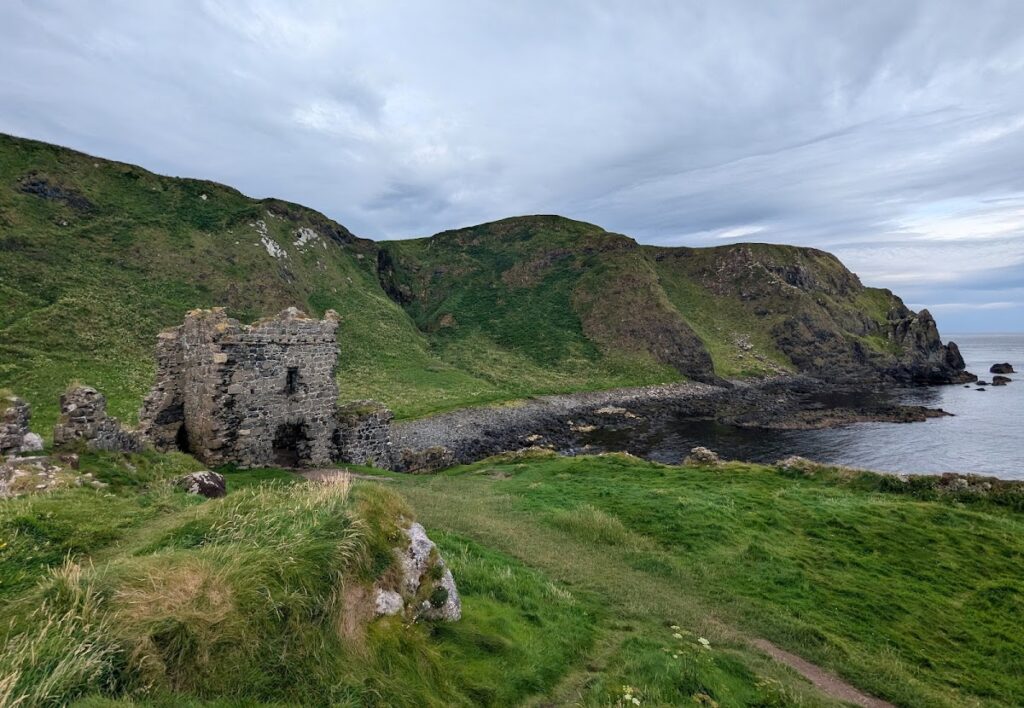Kinbane Castle: A 16th-Century Gaelic Stronghold in Northern Ireland
Visitor Information
Google Rating: 4.8
Popularity: Medium
Google Maps: View on Google Maps
Official Website: discovernorthernireland.com
Country: United Kingdom
Civilization: Unclassified
Remains: Military
History
Kinbane Castle stands near Ballycastle in Northern Ireland and was established by members of an Irish-Scottish clan during the 16th century. The site was constructed by Colla MacDonnell in 1547, part of the MacDonnell family who controlled territories along the Antrim coast. This family played a key role in resisting English expansion into Ireland during that era.
In the mid-1500s, Kinbane Castle served as a defensive stronghold against English forces. It was targeted in sieges led by James Croft, the Lord Protector of Ireland, first in 1551 and again in 1555. The 1555 attack inflicted damage through artillery fire, but the MacDonnells repaired the fortress promptly, and Colla MacDonnell continued to hold it until he died there in 1558.
A notable military event connected to the castle occurred in a nearby ravine called Lag na Sassenach, meaning “Hollow of the English.” This name recalls an ambush where Irish clans destroyed an English group attempting a surprise assault on Kinbane, reinforcing the castle’s role in ongoing resistance.
Following Colla’s death, ownership shifted to his brother Sorley Boy MacDonnell. Sorley Boy negotiated an exchange of Kinbane for Colonsay Castle with Colla’s son, Gillaspick. Afterwards, Kinbane was granted to Owen MacIan Dubh MacAllister, a loyal ally of the MacDonnells and chief of the Clan MacAlister. Owen fought alongside Sorley Boy against forces from Carrickfergus, dying in battle in 1571. The MacAlister family retained the castle through the 18th century, after which it was deserted and gradually fell into ruin.
Today, Kinbane Castle remains a protected historic site within the scenic Causeway Coast area of Northern Ireland, preserving the story of an important Gaelic stronghold that endured through a period of conflict and change.
Remains
Kinbane Castle is located on a narrow limestone promontory jutting into the sea, a position chosen for its natural defenses. Its construction dates to the mid-16th century and utilized local white limestone, lending the site its name meaning “White Head.” The castle’s layout featured a main two-story stone residential tower that overlooked a spacious inner courtyard, providing ample room for household and defensive activities. Additional structures within the enclosure incorporated wood, reflecting a combination of materials common to the period.
Access to the castle was controlled via a narrow, stepped entrance, designed to make direct assault difficult and enhance the defenders’ advantage. Today, what survives predominantly are the ruins of the residential tower, containing fragments of the original stonework that continue to convey the imposing presence of the building.
The castle’s elevated location offers views over Rathlin Island and the nearby Iron Age fort known as Dunagregor, highlighting the continuity of strategic importance on this coastline. The limestone cliffs also contain natural caves, including the historically significant Lag na Sassenach ravine beneath the castle, the site of a notable ambush against English forces.
While much of Kinbane Castle stands in ruins, the remaining structural features provide insight into 16th-century Gaelic fortification methods and the use of local stone in defensive architecture. The site’s preservation as a historic monument allows for continued study and appreciation of its role in regional history.










